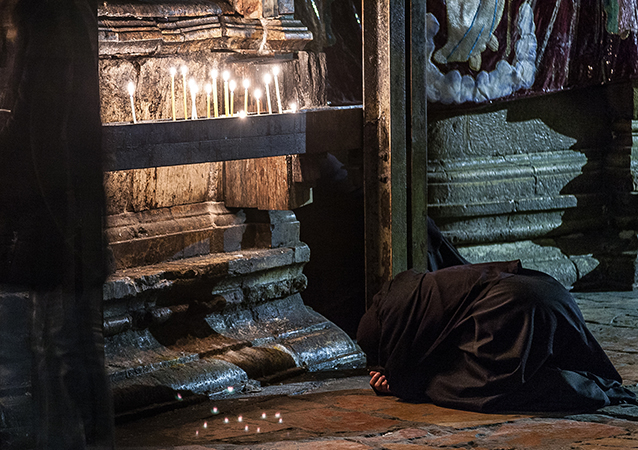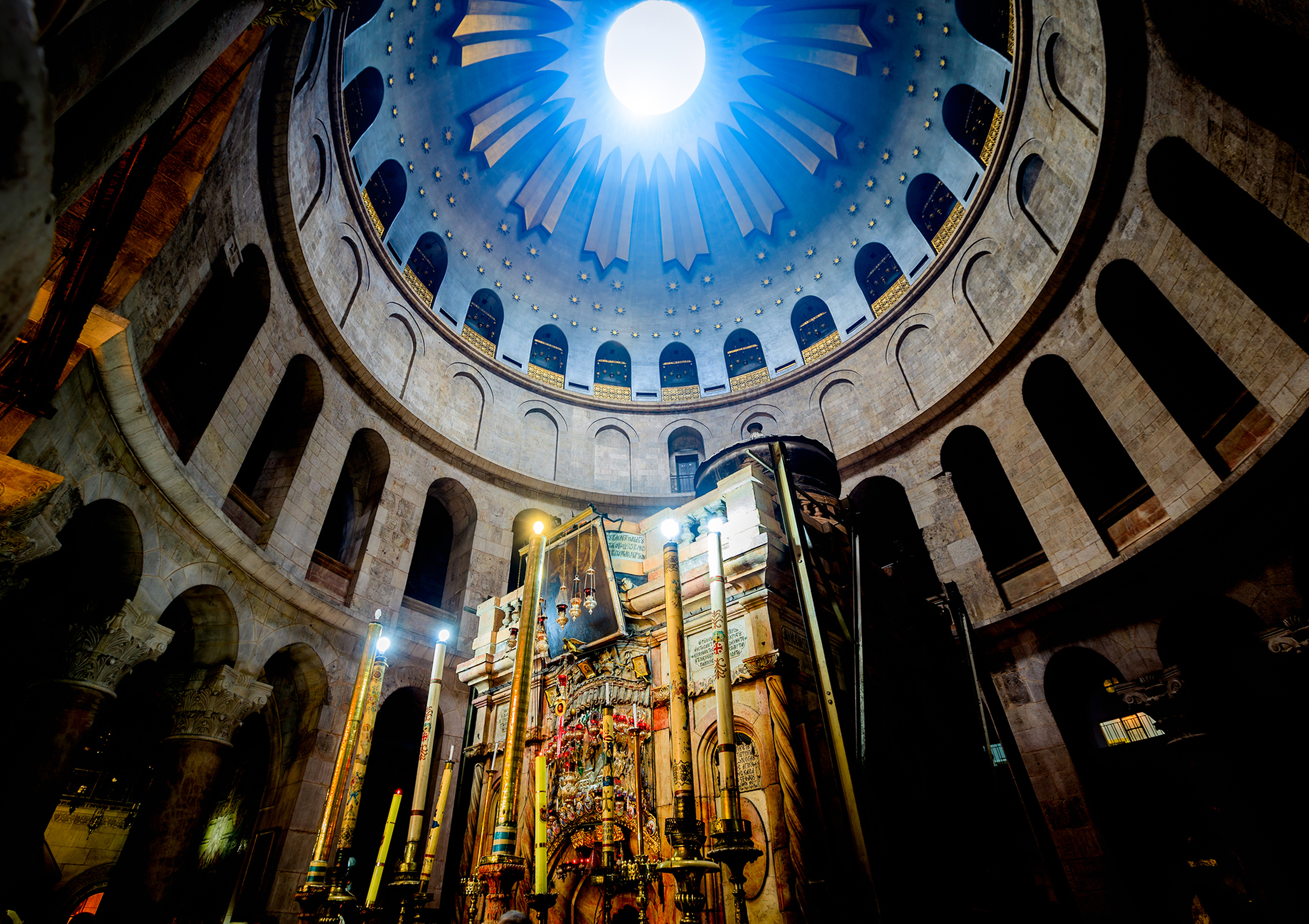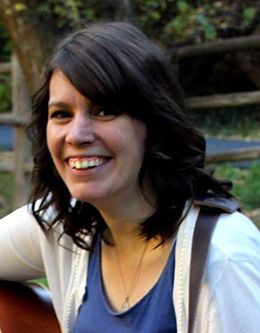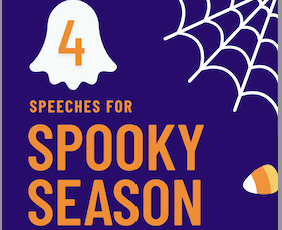Where We Live Is Holy Land
April 27, 2020 • Blog Post

The path has been trod by millions. Stone steps worn into sloping platforms by centuries of feet belonging to those seeking to draw nearer to God. And where do these pilgrims climb? To Golgotha,* kneeling to touch a stone, where once a hewn tree held a Man who lived and bled and suffered and died and lived again.
The air there catches you, slows you. Here, the eaves and walls and floors seem to beckon, the Savior of the world died. Will you pause and remember? Humility falls upon your shoulders and gratitude follows.
***
I recently visited the Holy Land, and it was nothing like I expected it to be. I had imagined a step backward in time to quiet spaces where the Savior walked. I expected to see what Jesus saw, to feel like I was sitting with Him—only divided by time, with no great space between us. I wanted to feel nearer to the Lord in a visceral, physical way.
But time has transformed many of the spots where the Savior walked. Where I imagined a stable or a cave where a baby was born, there was a Crusader-era cathedral built upon a Byzantine chapel—a building carved up in sections by the Roman Catholic and Greek Orthodox and Armenian Apostolic churches. Layers of veneration cover every inch in ostentatious displays of devotion. On the hillside where I imagined that Christ taught and fed 5,000 followers in a miraculous multiplication of loaves and fishes, there was another cathedral adorned with reminders of what happened there 2,000 years ago.
At first it seemed that where I had hoped to find the Savior, I found His followers instead. The hundreds I saw all over the Holy Land in the few days I was there were merely representatives of the thousands, the millions of others who had come before me. I watched as blue-veiled nuns bowed their knobby knees to the ground and prayed. I saw Indian women in their nicest clothing humbly kiss the hem of a cloth depicting Christ upon the cross. I grew quiet and stood in awe as a man prostrated himself, touching his forehead upon a stone where many believe Christ’s body was laid and prepared for burial. And their deep devotion made the foreign buildings start to feel more familiar. Their devotion peeled back the layers of ornamentation and revealed the same love I had for the great Redeemer of humankind.

I began to seek the Spirit in these places, and when I finally connected with the Holy Ghost, I was surprised by how normal and familiar the experience was. There didn’t seem to be a “Holy Land” version of the Spirit. Feeling the Spirit there was the same as it was at home while studying the scriptures in my bedroom. I felt blessed to have access to the quiet whisperings of the Holy Ghost no matter where I was. It left me wanting to pray more and ponder more when I got back. This is probably the most impactful lesson from the trip, more than anything else I saw or experienced: You don’t have to walk where Jesus walked to know Him.
BYU visual arts professor John Telford had a similar experience as I did when he visited the Holy Land:
We came to Jerusalem, to Israel, hoping to draw closer to Jesus, wanting to walk the paths where Jesus had walked. Many times during our stay we lamented that we were not feeling of His presence. The schedule was too hectic or the noise or other distractions got in the way. While there were many times when we were touched emotionally and even spiritually, even to the point of tears, yet there was something more we wanted—something unfulfilled.
While sitting on the Mount of Olives, and again while looking into the tomb in the peaceful garden, an answer came to me, similar to the one given to Mary when she came looking for Him: “He is not here, [He] is risen” (Luke 24:6).
Simple, yet so profound. We find Him today where He promised we would. We find Him when we partake of the sacrament. We find Him when we are gathered together in His name. We find Him in His holy house. We find Him in keeping His commandments. I came to realize that the important question is not “Did I walk today where Jesus walked?” but rather “Am I walking today where Jesus would have me walk?” (“Gladly, Gladly, We’ll Walk in the Light,” June 12, 2007).
***
As I climbed the steps to Golgotha near the end of the trip, the Spirit helped me feel present in that moment, mourning the loss of my Savior. I imagined myself as one of the women who watched and wept on the day Christ hung there. For a few minutes, I imagined that I did not know what was to come in three-day’s time. Like Mary and Martha, I thought of Christ as my friend with whom I discussed the greater truths of the scriptures. And now—now, He was gone. Sorrow filled my whole body from head to toe.
In solemnity, I walked down the steps toward the other end of the Cathedral of the Holy Sepulcher to a spacious, dark room, which houses Joseph of Arimathea’s tomb just a hundred feet away from Golgotha. There is little lighting in this space, but high above in the center of the domed roof is a circular window, pouring a stream of sunlight in. I felt an urgency to walk into the light, and once there, I was filled with the good news: the Light of the World arose from the grave. He fills all dark places with His light. He lives!

*The location of Golgotha and the other sites mentioned in this post are disputed. Rather than repeating “the possible location of” throughout this piece, the author has chosen to speak of these locations as if they are, for certain, the accurate places in order to not distract from the intent of the story.

Amanda Kae Fronk is the communications manager for BYU Speeches. She is an avid collector of hobbies with book buying, nature watching, and food sampling being among the most enduring. She aspires to one day be called a master wordsmith, a woman of grace, and an owner of a devoted heart.



